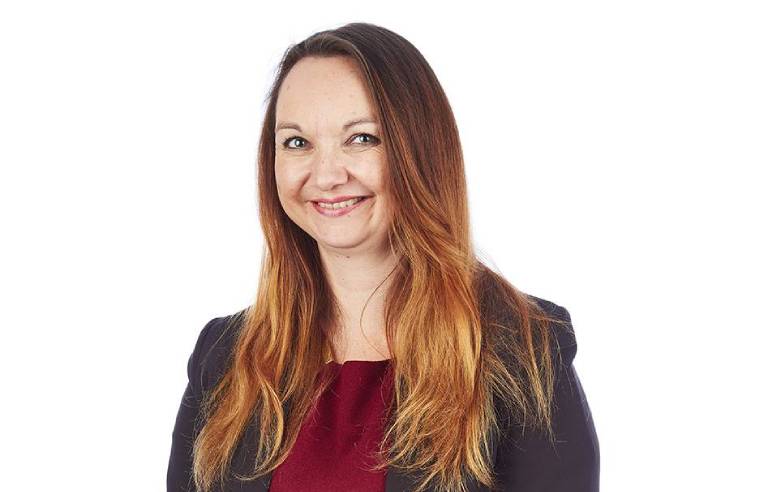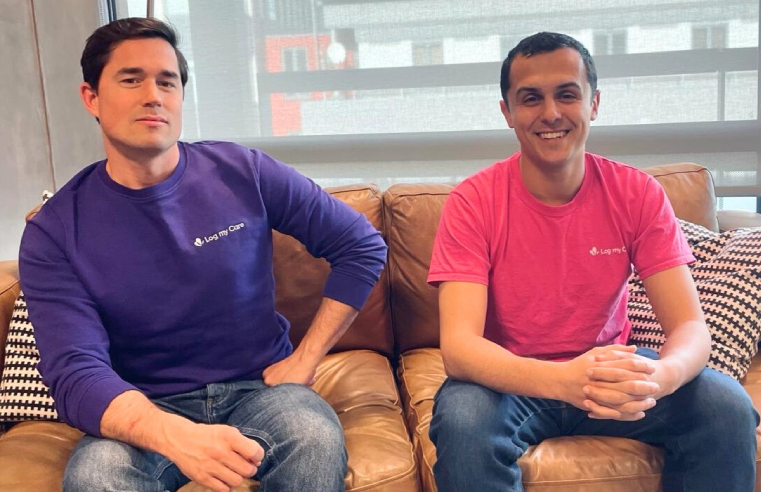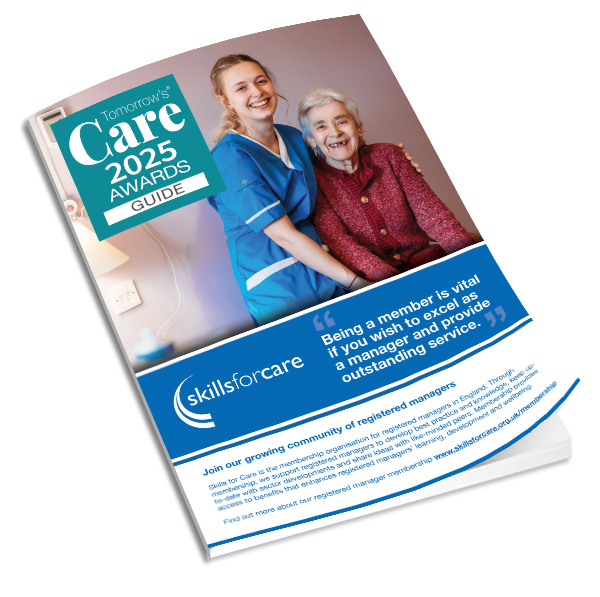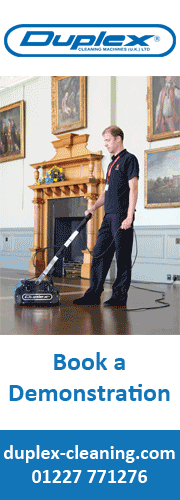You are here
- Home
- >
- Industry Comment
- >
- THE CARE HOME FUNDING CRISIS: HOW DID WE GET HERE?
THE CARE HOME FUNDING CRISIS: HOW DID WE GET HERE?

Published on 06/02/2023
By Lisa Botterill, Corporate Partner, and Kate Hall, Partner and Asset Management Specialist, at law firm Shakespeare Martineau.
The care sector is still reeling from the long-term effects of the pandemic. Once seen as a stable industry to invest in, many homes are now struggling to get the support they need to fund top quality care as banks grow more cautious about which businesses they choose to fund and how. Coupled with other pressures, such as an aging population and staff shortages as well as low fees being paid by commissioners, many care homes are now missing the financial support that is vital to their survival. A care home typically receives funding by using the physical building that they operate out of as collateral. However, with property prices at an all-time high, it is important to try to understand why care home bricks and mortar is being vastly undervalued.
One of the main reasons for this drop in access to funding is that more than ever banks are scrutinising a home’s long-term viability to ensure their investment is secure. There are multiple factors that affect their decision, both financial and operational.
Pressure points affecting the industry have led to many care homes receiving low ratings from the Care Quality Commission (CQC). A poor rating from the CQC can trigger a less favourable attitude to lending from the banks, who may see below average performance as a red flag around profitability. CQC ratings are often used by families when choosing a home for their relatives, so it makes sense that homes with lower ratings are going to attract fewer residents and therefore generate less revenue.
CQC ratings aren’t just used by the general public, a low rating means that a home is more likely to attract scrutiny from the local authority, who may order it to close if the situation gets severe enough. Again, this does not help in making a home an attractive proposition for lenders. In the event of a closure, the bank would often only have the building as collateral, however, there are limited alternative uses for most care home buildings. More modern homes tend to be purpose-built, making a profit on the sale less likely, and the building less valuable overall on the property market.
Banks are also becoming increasingly concerned about how homes fit into the wider care provider’s business model. Most care home operators structure their business so that each individual home is held within a separate company, mitigating the risk of ripple effects from failures and closures, as the bank is only able to claim collateral from that individual home. However, this model can make care homes a less attractive investment, as, if the home does fail, the bank may not be able to recoup all its losses through the collateral of a single home. As a result, there are increasing cases of banks insisting that a care home has cross-collateral in order to receive funding.
With banks becoming increasingly interested in the detail around how well a care home is performing, both in financial terms and CQC ranking, many operators feel as if they are left with few options to bring in the funding that they require. While it is possible for care homes to try to secure funding from a less mainstream bank, known as a challenger bank, this is generally only a short-term solution. Additionally, the interest rates on these loans are not only typically more expensive, and often the term of the loan is only for a shorter period, making long-term financial planning more difficult.
The care sector is currently facing unprecedented challenges which are often exacerbated by the chronic lack of funding, making it increasingly difficult to provide people with high quality care. The lasting effects of the pandemic and the current volatile economic climate have contributed to a risk averse banking sector, with more concern being placed on long-term viability and CQC ratings. With this turbulence unlikely to end soon, it is vital that care home operators seek professional guidance to put them in the best position possible.
Related News
Categories
- CQC ratings
- Care home news
- Care jobs
- Care planning
- Care sector awards
- Care sector events
- Care sector news
- Care staff
- Charity
- Cleaning & Hygiene
- Construction
- Dementia
- Disability
- Entertainment
- Finance
- Fitness
- Food & Drink
- Fundraising
- Furniture
- Health & Safety
- Healthcare
- Hospice & Palliative Care
- Hospitals
- Industry Comment
- Interiors
- Laundry
- Legal
- Leisure
- Medication
- Mental Health
- Mobility
- New appointments
- PPE
- Products
- Property
- Recruitment
- Relationships
- Research
- Safeguarding
- Security
- Services
- Social care
- Sustainability
- Technology
- Training
- Transport
- Uniforms
- Waste
- Wearables

























